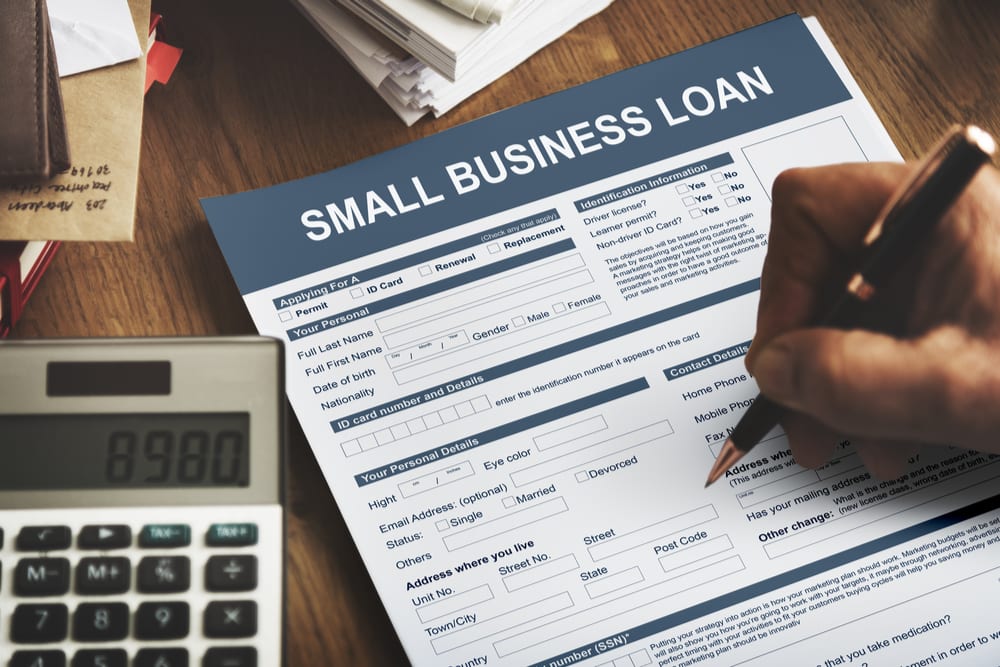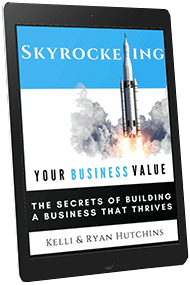
Liquidating an SBA Loan
Liquidating an SBA loan can be a daunting process for lenders and business owners. For many business owners, this process can be very disheartening as they have put years of sweat and tears into growing their business. However, lenders and the SBA have outlined a process to help all parties come to an equitable arrangement.
As a business owner who is filing for bankruptcy or foreclosure on a small business, you should understand how the value of your business will impact your SBA loan and the process for liquidating it. This article details important things to know and the process a lender goes through with the SBA to keep their SBA guaranty intact. Peak Business Valuation is happy to answer any additional questions you may have. Reach out by scheduling a free consultation.
The goal in all liquidations is to maximize the recovery for both the lender and the SBA. As such a lender must service and liquidate the entire SBA loan balance in a diligent and commercially responsible manner.
Responsibility of the Lender
Lenders should make a good faith effort to help delinquent borrowers bring their loans current. But, when a loan is in default and payment cannot happen, several steps should happen without delay. The note is accelerated and the lender sends a demand for payment of the delinquent amount from the borrower. If payment is not made, the loan then gets classified as default. Afterwhich, the lender purchases the SBA guaranteed portion of the loan. A liquidation plan is then prepared and implemented.
A lender should liquidate the business in a timely manner. In addition, they should conduct adequate due diligence in determining whether pursuing collateral is cost beneficial. This process should be free of conflicts of interest, preferences, and consistent with prudent lending practices. The SBA requires the lender to liquidate any collateral with a recoverable value greater than $5,000 for business personal property and $10,000 for the real property unless there is a documented compelling reason not to. In order to properly assess the value of collateral, a business appraisal is ordered to obtain an independent and unbiased opinion of value.
Responsibility of the Borrower
Borrowers should repay their SBA loans in accordance with the terms specified in loan documents.
The SBA states: “However, when loan servicing and liquidation activities are necessary, they should reflect a balancing of SBA’s interest in (1) achieving the goals of the loan program, i.e., helping entrepreneurs start, build and grow viable small businesses; and (2) maintaining the integrity of the loan program, i.e., ensuring that the Agency can maximize its recovery if the Borrower defaults on the loan.
SOP_50_57_2 SBA 7(a) Loan Servicing and Liquidation
How a Lender Liquidates an SBA Loan
The process for liquidating an SBA loan is like that of non-SBA loans. Lenders typically use a waterfall approach when liquidating the collateral securing the loan.
- Liquidate easily disposable assets such as business personal property, equipment, and vehicles.
- Liquidate commercial and/or residential property.
- Assess the repayment ability of the borrower to determine if the remaining deficiency warrants a judgment.
- If the borrower has some means to repay, the parties may draft an “Offer in Compromise” or a “Workout” agreement with new payment terms for the loan.
- If this is proven cost-ineffective or a compromise is not reached, the lenders submit a final wrap up report and then charge-off the remaining balance.
Steps in Liquidating an SBA loan
1) Site visit
A lender will conduct a business site visit prior to liquidating the SBA loan. In a report, the lender will document their findings and conclusions. The lender conducts this visit within 60 days of a payment default or within 15 calendar days of an adverse event. This report will:
- Determine whether a workout is feasible
- Identify collateral for liquidation
- Establish the collateral’s recoverable value
- Develop a liquidation strategy
- Among other items, see SOP 50 for a full list
2) Repurchase from Secondary Market
At the time the loan reaches liquidation status, if the SBA loan was sold on the secondary market, the lender must either immediately rep2qurchase the SBA guaranty portion or request the SBA to purchase it.
3) Liquidation Plan
Every lender then submits a liquidation plan to the SBA for each loan in liquidation status. This occurs within 30 business days of completing the site visit. The SBA must send an approval within 10 business days and the lender receive it prior to initiating liquidation or incurring legal fees. The liquidation plan includes the following:
- Site Visit Findings
- Feasibility of a Workout
- Recoverable Value of the Collateral
- Available Methods of Liquidation
- Routine Litigation
- Borrowers Repayment Ability
A liquidation plan also includes a business appraisal which provides the liquidation value of the collateral. A business appraisal by an independent, qualified, and credible individual provides an opinion of the value for the business collateral. Peak is a business appraiser in Utah who provides lenders and business owners across the United States with liquidation business appraisals.
4) Guaranty Purchase Package
When the repurchase from the secondary market is complete, lenders submit a purchase package to the SBA loan center within 45 days of the purchase date. The SBA will not purchase the guaranteed portion of the loan from a lender unless they submit a complete purchase package. This package details sufficient and credible evidence that the lender made, serviced, liquidated, and closed the loan according to SBA requirements and prudent lending practices.
5) Wrap-up Report
The final step in the liquidation process is a wrap-up report submitted to the SBA. A loan classified as liquidation status cannot close until this step occurs. All liquidation actives must be complete and there is little or no likelihood to the timely and cost-effective recovery of the remaining loan balance. At this point, the lender submits a wrap-up report to the SBA for review and approval. Once approved by the SBA, the remaining loan balance, if any, will be charged-off by the SBA. A loan that is still legally collectible can be referred by the SBA to the Treasury for further collection efforts.
Impact of Foreclosure of an SBA Loan on a Business Owner
Regardless of the circumstance, defaulting on your SBA loan does have lasting consequences. In some circumstances, borrowers receive a referral to the treasury for further collection efforts after the assignment of the loan documents to the SBA. In all cases, the IRS receives notification of the cancellation of debt. It is then reported to the appropriate credit bureaus and federal government delinquent debtor databases. Foreclosure or bankruptcy impacts your credit score and your ability to get new credit for many years, not to mention the emotional impact it has too.
What role does Peak Business Valuation play?
Peak Business Valuation is a business appraiser in Utah providing business valuations across the United States. As a qualified and credible firm, we can provide an independent opinion of the value of your business. We are happy to work with lenders or business owners who are liquidating a business. Questions are always welcome, please reach out by scheduling your free consultation today!
Schedule Your Free Consultation Today!
